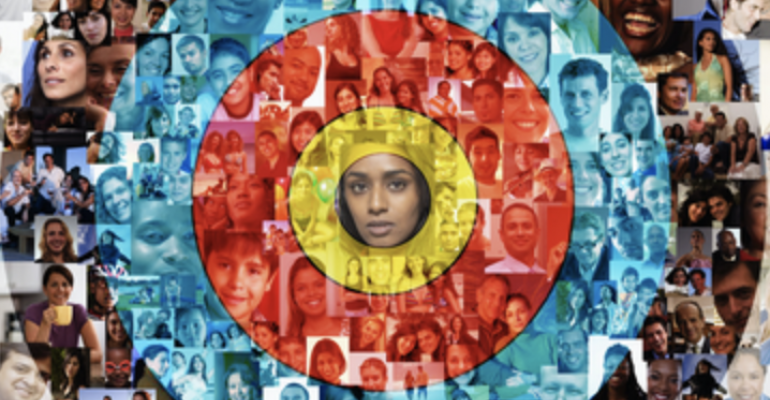For many people, the term “empathy” seems like something you’d discuss with a therapist rather than your business team. But in a July 21 webinar conducted by experiential-engagement firm Storycraft Lab, the process of building learning and networking events through empathetic design was brought into full view as this: Relying on attendee data and assessments to create a menu of experiences that maximize value for an event’s audience.
Titled “Planning Future Events with Empathetic Audience Design,” the webinar began by clarifying that “empathetic” simply means “human-centered” and, for planners, “letting go of what you think you know so that you uncover gaps in and opportunities for what your audience needs.”
To build event experiences that match participants’ varied intentions and preferences for participating, planners should conduct demographic as well as psychographic and behavioral assessments, building what Storycraft Lab calls “experience profiles.” Specifically, “ask each attendee several questions about how he or she best connects with and retains content, and how he or she prefers to interact with others.” The firm has created six such profile groups based on how attendees respond: adaptors, creators, explorers, harmonizers, seekers, and thinkers.
RELATED: Understanding Your Meeting Participants Through Attendee Personas
From there, however, the planner’s goal should not be to simply keep each type of attendee moving through the event on an identical path as other attendees in their category. While many of the styles and habits of the groups are not the same, some styles and habits of one group can complement those of another group, which would make sessions that bring together two specific groups more robust.
Here’s one example of how that could play out in an event’s design: Offer the same educational or networking session at different times in three different formats, each of which would appeal to attendees in two of the experience profiles. In other words, “Give attendees ownership of their experience by letting them choose their individual journey through the event.” The presenters from Storycraft Lab also noted that in events where this and other empathetic design strategies were used, attendees submitted better evaluation ratings afterwards.





